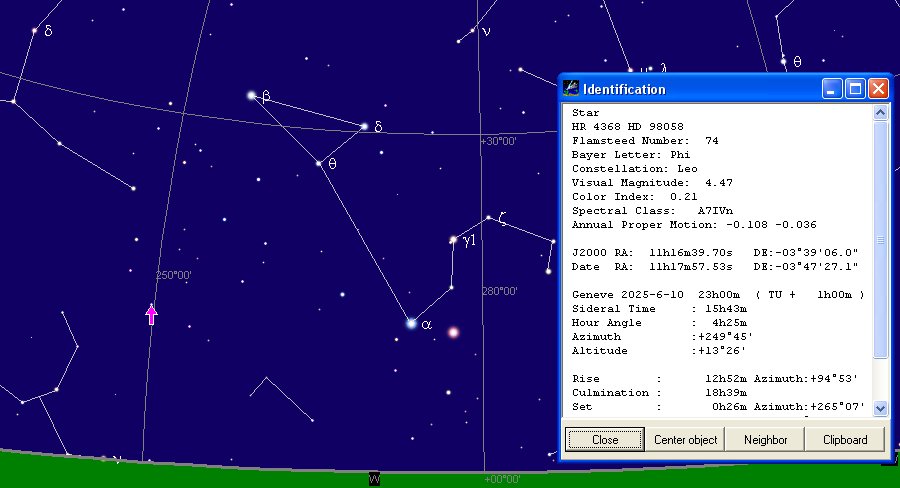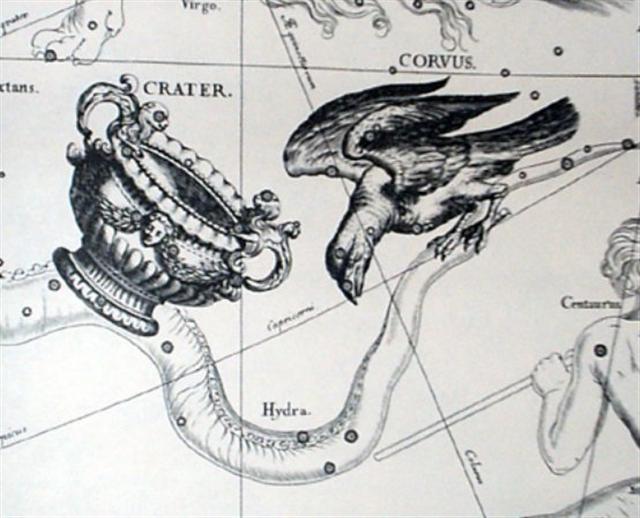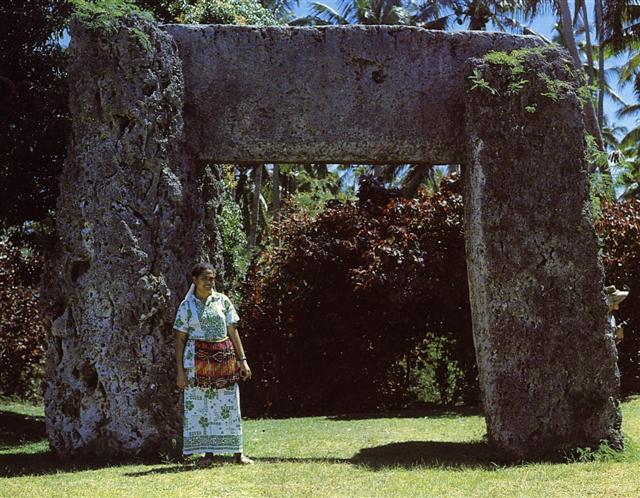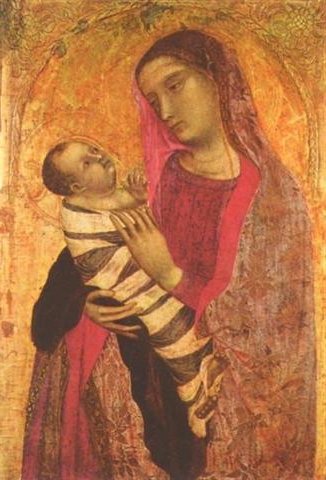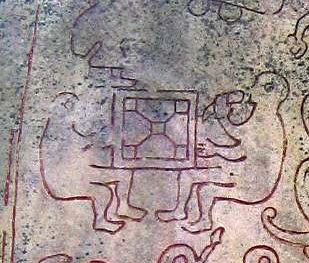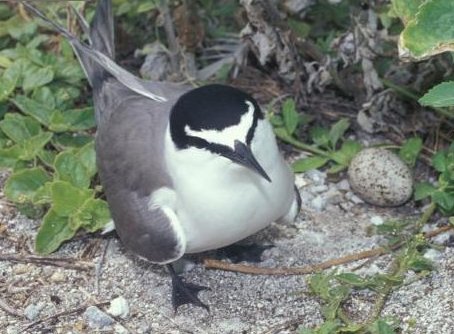163. From the hind quarters of Leo (after his haunches) would emerge the last and liquid part of the Lion which then flushed down into the Abyss. At noon (midsummer) he disappeared:
... The p.m. sun might be just the darker brother of the real (a.m.) sun. But they are connected by being each others reversals; from dawn until noon sun makes the 'shadows' recede, from noon the forces of 'darkness' take over ...
He was liquidated, he went to the fishes.  
Beyond the emptied and dry female form of the Crater came the male Neck of the thirsty Raven, stretching out in vain for the vanishing waters of life: ... the bird, being sent with a cup for water, loitered at a fig-tree till the fruit became ripe, and then returned to the god with a water-snake in his claws and a lie in his mouth, alleging the snake to have been the cause of the delay. In punishment he was forever fixed in the sky with the Cup and the Snake; and, we may infer, doomed to everlasting thirst by the guardianship of the Hydra over the Cup and its contents. From all this came other poetical names for our Corvus - Avis Ficarius, the Fig Bird; and Emansor, one who stays beyond his time; and a belief, in early folk-lore, that this alone among birds did not carry water to its young ...
... There was no water in the village. The lakes and rivers were dry. Raven and Crow, two young girls who were having their first menstrual courses, were told to go and draw water from the ocean. Finding the journey too long, Raven decided just to urinate into her basket-bucket. She decieved no one and was severly scolded. Crow returned much later but with drinking water. As a punishment, Raven was condemned never to find water in the summer; only in winter would she find something to drink. For that reason the Raven never drinks during the hot months; she speaks with a raucous voice because of her dry throat ...
... When this tremendous task had been accomplished Atea took a third husband, Fa'a-hotu, Make Fruitful. Then occurred a curious event. Whether Atea had wearied of bringing forth offspring we are not told, but certain it is that Atea and her husband Fa'a-hotu exchanged sexes. Then the [male] eyes of Atea glanced down at those of his wife Hotu and they begat Ru. It was this Ru who explored the whole earth and divided it into north, south, east, and west ... And already 15 days before Regulus (*152.7) was the Knot (*145.4) at the top of the Mast of Argo Navis → 1527 - 1454 = 73 → 365 / 5 → March 14 → 314 (→ π):
... Woman worships the male infant, not the grown man ...
... When a Central Australian Aranda youngster is between ten and twelve years old ... he and the other members of this age group are taken by the men of the village and tossed several times into the air, while the women, dancing around the company, wave their arms and shout. Each boy then is painted on his chest and back with simple designs by a man related to the social group from which his wife must come, and as they paint the patterns the men sing: 'May he reach to the stomach of the sky, may he grow up to the stomach of the sky, may he go right into the stomach of the sky.' The boy is told that he now has upon him the mark of the particular mythological ancestor of whom he is the living counterpart; for it is thought that the children born to women are the reappearances of beings who lived in the mythological age, in the so-called 'dream time', or altjeringa. The boys are told that from now on they will not play or camp with the women and girls, but with the men; they will not go with women to grub for roots and to hunt such small game as rats and lizards, but will join the men and hunt the kangaroo. In this simple rite it is apparent that the image of birth has been transferred from the mother to the sky and that the concept of the ego has been expanded, simultaneously, beyond the biography of the physical individual. A woman gave birth to the boy's temporal body, but the men will now bring him to spiritual birth ... ... For the Marquesas are given: - daybreak, twilight, dawn, ('the day or the red sky, the fleeing night'), broad day - bright day from full morning to about ten o'clock -, noon ('belly of the sun'), afternoon ('back part of the sun'), evening ('fire-fire', the same expression as in Hawaii, i.e. the time to light the fires on the mountains or the kitchen fire for supper) ...
And at the top of the corresponding 'spike' (cfr Spica, the star pillar in the middle) onboard the Black Canoe - The Spirit of Haida Gwaii - there was a Speared Fish: Tara. 1. Thorn: tara miro. 2. Spur: tara moa. 3. Corner; te tara o te hare, corner of house; tara o te ahu, corner of ahu. Vanaga. (1. Dollar; moni tara, id.) 2. Thorn, spike, horn; taratara, prickly, rough, full of rocks. P Pau.: taratara, a ray, a beam; tare, a spine, a thorn. Mgv.: tara, spine, thorn, horn, crest, fishbone. Mq.: taá, spine, needle, thorn, sharp point, dart, harpoon; taa, the corner of a house, angle. Ta.: tara, spine, horn, spur, the corner of a house, angle. Sa.: tala, the round end of a house. Ma.: tara, the side wall of a house. 3. To announce, to proclaim, to promulgate, to call, to slander; tatara, to make a genealogy. P Pau.: fakatara, to enjoin. Mq.: taá, to cry, to call. 4. Mgv.: tara, a species of banana. Mq.: taa, a plant, a bird. Ma.: tara, a bird. 5. Ta.: tara, enchantment. Ma.: tara, an incantation. 6. Ta.: tara, to untie. Sa.: tala, id. Ha.: kala, id. Churchill
Vero. To throw, to hurl (a lance, a spear). This word was also used with the particle kua preposed: koía kua vero i te matá, he is the one who threw the obsidian [weapon]. Verovero, to throw, to hurl repeatedly, quickly (iterative of vero). Vanaga. 1. Arrow, dart, harpoon, lance, spear, nail, to lacerate, to transpierce (veo). P Mgv.: vero, to dart, to throw a lance, the tail; verovero, ray, beam, tentacle. Mq.: veó, dart, lance, harpoon, tail, horn. Ta.: vero, dart, lance. 2. To turn over face down. 3. Ta.: verovero, to twinkle like the stars. Ha.: welowelo, the light of a firebrand thrown into the air. 4. Mq.: veo, tenth month of the lunar year. Ha.: welo, a month (about April). Churchill. Sa.: velo, to cast a spear or dart, to spear. To.: velo, to dart. Fu.: velo, velosi, to lance. Uvea: velo, to cast; impulse, incitement. Niuē: velo, to throw a spear or dart. Ma.: wero, to stab, to pierce, to spear. Ta.: vero, to dart or throw a spear. Mg.: vero, to pierce, to lance. Mgv.: vero, to lance, to throw a spear. Mq.: veo, to lance, to throw a spear. Churchill 2.
|
|||||||||||||||||||||||||||||||||||||||||||||||||||||||||||||||||||||||||||||||||||||||||||||||||||||||||||||||||||||||||||||||||||||||||||||||||||||||||||||||||||||||||||||||||||||

